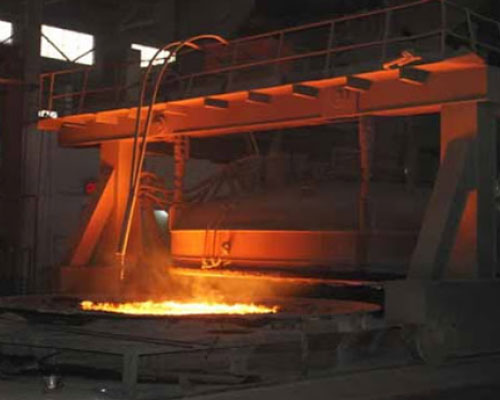Purification Technology in Furnace is used to remove the gas and other impurities. Hydrogen in aluminum alloy mainly comes from water vapor in furnace gas. The hydrogen content in liquid aluminum increases with the increase of hydrogen partial pressure and temperature.
Some of the inclusions in aluminum and aluminum alloy melt come from furnace directly, and most of them are formed in the process of melting and pouring, mainly oxide inclusions. Large particles of inclusions will make the casting structure discontinuous, reduce the tightness of the workpiece, become the root of corrosion, significantly reduce the strength and plasticity of materials, and often become the source of cracks.
In addition, the fine inclusions distributed in the aluminum melt will increase the viscosity of the melt, thus reducing the feeding capacity of the aluminum alloy, and easy to form shrinkage cavity or porosity. For high strength aluminum alloy, it will reduce its mechanical strength and reliability, seriously affect its surface quality and internal quality, resulting in low finished product rate and even batch scrap. Therefore, it is very important to control the hydrogen content, nonmetallic inclusions and harmful elements in aluminum and its alloy melt by using certain physical and chemical principles and corresponding effective process measures.
The purification technology in furnace can be divided into adsorption purification treatment technology and non adsorption purification treatment technology. The former mainly includes inert gas purging, active gas purging, mixed gas (n2-cl2 or n2-cl2-co) purging, chlorine salt purification, non-toxic refining agent purification and flux refining. Furnace treatment is a very important process of aluminum alloy melt purification, which plays a very important role in slag removal and oxygen removal of aluminum melt. AdTech offers refining flux for purifying aluminum melt.
Although the refining effect is obvious, it is harmful to environment and equipment. Later, it was refined with N2, even with 99.999% high purity N2, which not only increased the cost, but also had poor refining effect. In recent years, mixed gas refining is widely used in foreign countries, that is, adding 10% – 15% chlorine into high-purity nitrogen can achieve good refining effect, and has little impact on the environment. AdTech online degassing unit adopts the Nitrogen Degassing Aluminum method.

